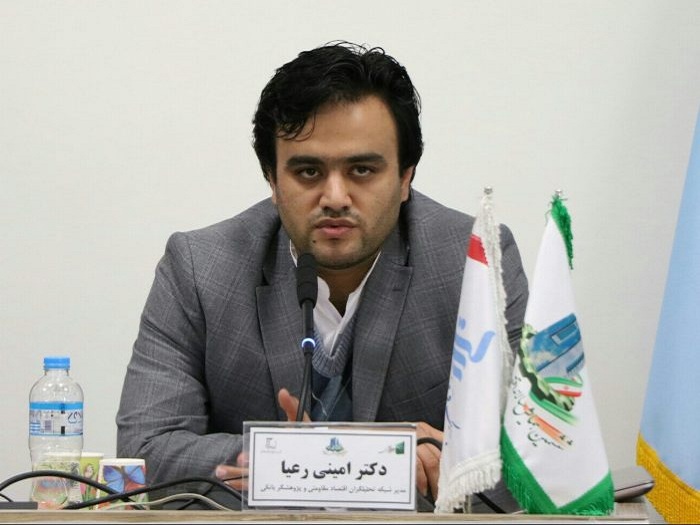How does the liquidity engine work in banks?

The director of the Institute of Resistance Economics, stating that the performance of banks is the main factor in the growth of liquidity and inflation, said: "Some people get rich with large bank loans and some people suffer from inflation and the resulting recession."
According to the International Iranian Stone Exhibition, Mohammad Amini Raya stated: In the past, it was thought that banks were merely intermediaries of funds and facilitated the money they attracted as deposits after deducting reserves. But economists in the new monetary perspective have been realizing the new pattern of bank money creation for about seven years.
The director of the Institute of Resistance Economics added: "Accordingly, banks do not need to attract deposits to provide facilities, and therefore act directly for this important issue." That is, a person who goes to the bank to get a loan, the bank gives him a loan of one hundred units, which is listed on the right side of the bank balance sheet as a facility and on the left side as a personal deposit. Thus, incidentally, causality is the opposite, and it is the facility that creates the deposit. After making a deposit, the bank must make sure that the deposit is not withdrawn from its accounts and at the same time try to attract deposits from other banks. This is done to ensure that the bank account with the central bank is sufficient.
The economist explained: "In fact, after creating a deposit, the bank must have a reserve equal to the percentage of deposits it has attracted with the central bank, whose account is separate from the deposit account in the bank." Now, this bank deposit with the central bank is charged either by attracting deposits from other banks, or through the monetary base and credit line, or, if there is a shortage, by overdraft and by paying a fine.
Amini Raia said: "According to this model, the bank is the main creator of money because all the facilities are given by the banks and every facility that is given is converted into a deposit and the total of the deposits is liquidity." As a result, the bank creates money and increases liquidity by paying for facilities. In proportion to this action, holding a company, buying currency, owning property and other events that occur on the right side of the bank balance sheet, ie the assets of the bank, are also creating money.
According to the director of the Institute for Resistance Economics, this new definition of money creation and its method has changed many economic relations. Accordingly, the bank is no longer a mere economic enterprise, but an institution that can create money and increase liquidity with the permission of the government and the central bank. Such an institution has a power in the economy and by governing money, it can create direction in society. With such power, if the bank acts against national goals and interests, it will be to the detriment of the general public. For example, if the bank provides facilities that are not spent in the productive sector and are used in unproductive activities, the people will lose. Because lending is the creation of bank money that increases liquidity, and if this increase in liquidity does not lead to production, it will be inflationary and all people will suffer.
"As a result, it can be said that the performance of banks is the main factor in the growth of liquidity and inflation, and if they do not use the power to create money properly, they and traders will make a profit, but all people will lose," he said. For this reason, there should be smart and public monitoring of the banks' performance, and they should move in the direction of the country's macro goals.
Amini Raia added: There is no such situation at the moment; Unregulated money creation is done by the major banks of the country and there is no accountability for it and proper supervision is not done. This has led to inflation, stagnation and class divisions; Some become rich with large facilities they take from banks, and some are forced to inflate and stagnate as a result.
He specified: in only one case in one of the banks, a loan of two thousand billion tomans was given to one person in one night, which was never repaid; Well, this means that the bank, with the power it had, created money for one person and provided facilities, and it is not clear what he spent the money on and did not return it. Or in another bank, more than forty items equivalent to seventy thousand billion tomans of facilities have been provided to a series of special companies contrary to the rules of macro facilities of the Central Bank, the status of which is not clear.
The director of the Institute of Resistance Economics said: in order to deal with such a situation, the creation of banks 'money should be regulated and in line with the country's macro goals, and deviations should be prevented by intelligent and public monitoring of banks' money creation.










